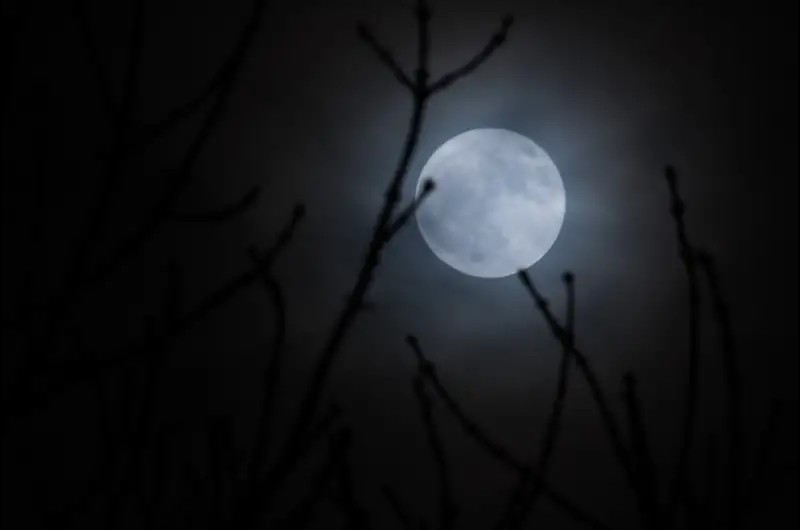Indian Space Research Organisation (ISRO): A Comprehensive Overview
Introduction
The Indian Space Research Organisation (ISRO) is India's premier space agency, responsible for the nation's space research and exploration efforts. Founded in 1969 under the leadership of Dr. Vikram Sarabhai, ISRO operates under the Department of Space, which reports directly to the Prime Minister of India. The organization has played a pivotal role in advancing India's capabilities in satellite technology, launch vehicles, interplanetary exploration, and space applications for national development.
Historical Background
India’s journey into space began with the establishment of the Indian National Committee for Space Research (INCOSPAR) in 1962, under the aegis of the Department of Atomic Energy (DAE). The objective was to harness space technology for national progress. With the formal creation of ISRO in 1969, the organization embarked on a systematic approach to developing indigenous space capabilities.
A significant milestone came in 1975 with the launch of Aryabhata, India’s first satellite, which was built domestically but launched aboard a Soviet rocket. The success of Aryabhata set the stage for a series of developments, including the launch of Rohini satellites in the 1980s, the Polar Satellite Launch Vehicle (PSLV) program in the 1990s, and India’s first Moon and Mars missions in the 21st century.
Key Objectives and Mission
ISRO’s primary mission is to develop and deploy space technologies for societal benefits while enhancing India's global presence in space exploration. Its core objectives include:
-
Development of indigenous satellite technology for communication, Earth observation, navigation, and scientific research.
-
Design and deployment of cost-effective launch vehicles to ensure independent access to space.
-
Advancing planetary exploration through interplanetary missions.
-
Strengthening applications of space technology in agriculture, weather forecasting, disaster management, and navigation.
-
Promotion of international collaborations in space research and technology sharing.
Satellite Programs
Earth Observation Satellites (EOS)
ISRO has a robust Earth observation program, which includes satellites such as IRS (Indian Remote Sensing satellites) and RISAT (Radar Imaging Satellites). These satellites provide crucial data for agriculture, forestry, water resource management, and disaster response.
Communication Satellites
India’s INSAT (Indian National Satellite System) and GSAT (Geo-Stationary Satellite System) programs provide vital communication and broadcasting services. These satellites facilitate direct-to-home (DTH) television, telecommunication, telemedicine, and disaster management.
Navigation Satellites
To reduce dependency on foreign navigation systems, ISRO developed the NavIC (Navigation with Indian Constellation) system, an independent regional navigation satellite system providing accurate positioning services over India and neighboring regions.
Scientific and Interplanetary Missions
ISRO has undertaken ambitious space exploration missions that have significantly elevated India’s status in the global space community:
-
Chandrayaan-1 (2008): India’s first lunar probe, which confirmed the presence of water molecules on the Moon.
-
Mangalyaan (Mars Orbiter Mission, 2013): The first Indian mission to Mars, making India the first country to achieve Mars orbit in its maiden attempt.
-
Chandrayaan-2 (2019): A mission consisting of an orbiter, lander (Vikram), and rover (Pragyan), though the lander’s soft-landing attempt was unsuccessful.
-
Chandrayaan-3 (2023): Achieved a successful soft landing on the Moon’s south pole, a significant milestone in space exploration.
-
Aditya-L1 (2023): India’s first solar observatory mission to study the Sun’s outer layers.
Launch Vehicle Technology
ISRO has developed a range of launch vehicles to ensure independent access to space. These include:
-
Satellite Launch Vehicle (SLV): India's first experimental rocket, used for launching small payloads.
-
Augmented Satellite Launch Vehicle (ASLV): Designed for improving payload capacity and launch reliability.
-
Polar Satellite Launch Vehicle (PSLV): A highly versatile and reliable workhorse, used for launching Earth observation and interplanetary missions.
-
Geosynchronous Satellite Launch Vehicle (GSLV): Capable of placing heavier satellites into geostationary orbit.
-
GSLV Mk III (LVM-3): India’s most powerful launch vehicle, used for Chandrayaan-2, Chandrayaan-3, and future crewed space missions.
Human Spaceflight Program
ISRO is actively working on Gaganyaan, India’s first human spaceflight mission. Expected to launch in the near future, this mission aims to send Indian astronauts (Vyomanauts) into low-Earth orbit, marking India’s entry into crewed space exploration. The project involves developing an indigenous crew module, an environmental control system, and astronaut training in collaboration with international space agencies.
Space Applications and Societal Benefits
ISRO’s contributions extend far beyond space exploration. Its satellite technologies are extensively used for:
-
Agriculture and Rural Development: Remote sensing applications help monitor crop health, predict yield, and manage land resources.
-
Disaster Management: Satellites provide real-time data for cyclone tracking, flood monitoring, and earthquake assessment.
-
Weather Forecasting: The INSAT series enables accurate weather predictions, benefiting farmers and disaster preparedness agencies.
-
Education and Telemedicine: ISRO’s satellite connectivity programs support distance learning and healthcare delivery in remote areas.
International Collaborations
ISRO actively collaborates with global space agencies such as NASA (USA), Roscosmos (Russia), ESA (Europe), CNES (France), and JAXA (Japan). These partnerships involve technology exchanges, joint missions, and space research cooperation. Notable collaborations include:
-
NASA-ISRO SAR Mission (NISAR): A joint Earth observation project with NASA.
-
South Asian Satellite (2017): A communication satellite benefiting SAARC nations.
-
International Launch Services: ISRO’s PSLV has launched numerous foreign satellites, earning global recognition.
Future Prospects
ISRO’s roadmap includes ambitious projects such as:
-
Shukrayaan-1: A proposed Venus exploration mission.
-
Gaganyaan: India’s first crewed spaceflight mission.
-
Reusable Launch Vehicles (RLVs): Development of cost-effective, reusable space transportation systems.
-
Lunar and Martian Exploration: Potential Chandrayaan-4 and Mars Sample Return missions.
-
Private Sector Involvement: Encouraging commercial space activities through policy reforms and partnerships with startups.
Conclusion
The Indian Space Research Organisation has established itself as a global leader in space technology, balancing cost-effectiveness with innovation. From its humble beginnings to its current stature as a space-faring nation, ISRO has demonstrated remarkable resilience and technological progress. Its future endeavors in human spaceflight, interplanetary exploration, and advanced satellite applications will continue to shape India’s role in the global space industry.






